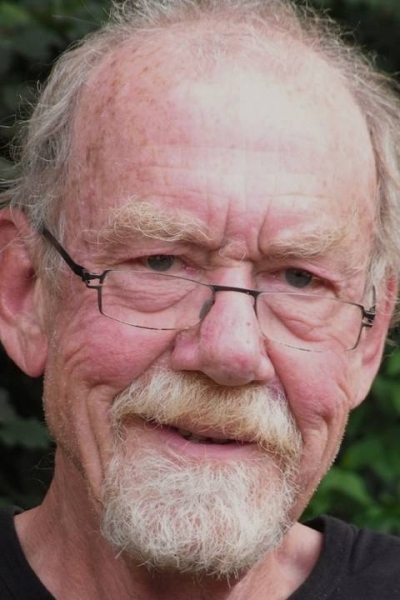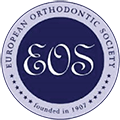
Jaap C. Maltha, Netherlands
Curriculum vitae
Dr Maltha is Adjunct Associate Professor Emeritus in Oral Biology at the Radboud University Medical Center, Nijmegen, The Netherlands. He graduated as a biologist at the University of Utrecht, Netherlands in 1971. In 1982 he defended his PhD thesis entitled “The process of tooth eruption in beagle dogs”, at the University of Nijmegen. He was Head of the Laboratory of Oral Biology and Craniofacial Biology, which is part of the Department of Orthodontics and Craniofacial Biology, Radboud University Nijmegen Medical Center.
He is an internationally recognized expert in the field of biology of orthodontic tooth movement. For his scientific work he was the first to be appointed as the ‘’Distinguished Teacher’’ of the European Orthodontic Society in 2006. He has supervised numerous PhD theses and has authored or co-authored over 130 scientific publications related to craniofacial-biology. Most publications deal with the biological and biomechanical aspects of orthodontic tooth movement or with the biology of intra-oral wound healing related to cleft palate surgery and its consequences for maxillary and midfacial growth. Dr Maltha has lectured extensively on these topics nationally and internationally.
Lecture
The alveolar envelope as the limit to orthodontic tooth movement: a biological perspective
It is well known that changing the inclination of incisors by orthodontic means may result in gingival recession. However, the profession does not seem to consider this negative iatrogenic side effect as a serious risk factor, as it is not included in, for example, the American Association of Orthodontists Informed Consent form, in which the 'Risks and limitations of orthodontic treatment' are listed. Still, it is a good idea to pay attention to this phenomenon, since a recent systematic review on the topic concluded that 'Clinical studies showed that …movement of the incisors out of the osseous envelope of the alveolar process may be associated with a higher tendency for developing gingival recessions'. However,'….Because of the low level of evidence of the included studies, the results should be considered with caution'. This indicates that better designed clinical, but also basic-science, studies are necessary for the understanding of the processes involved and for the development of evidence-based therapeutic interventions.
This presentation will address the biological processes that eventually may lead to gingival recession in untreated individuals and in orthodontically treated patients. Emphasis will be on the effects of mechanical interventions on the periodontal ligament, the remodelling of the alveolar bone, and the gingival tissues. In addition, attention will be paid to the effect of clinical therapeutic interventions.



